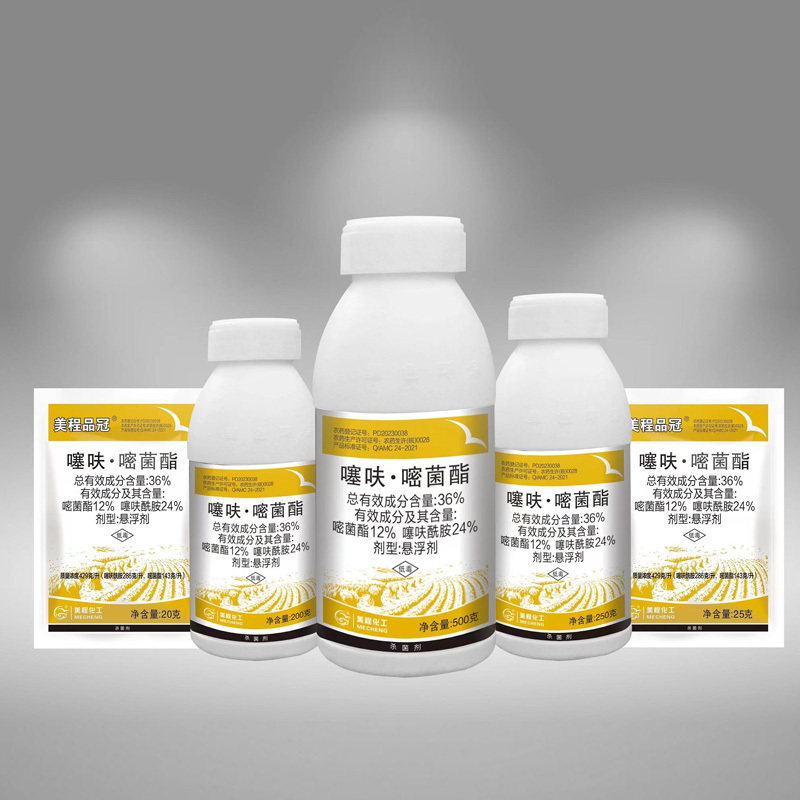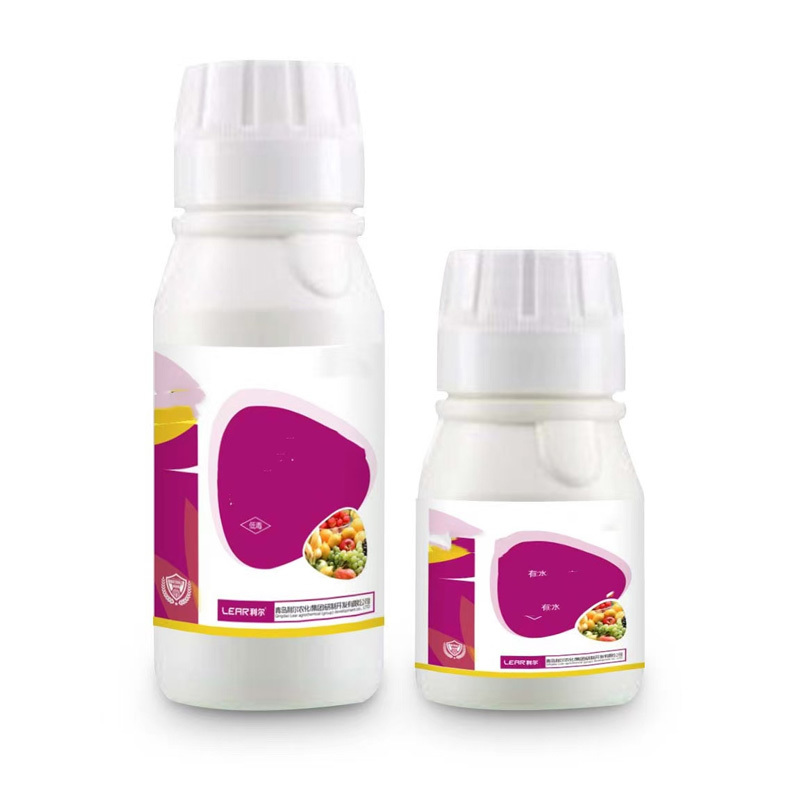-
-
-
-
News & Publication
-
News & Publication
Effective Chemical Control Strategies for Cabbage Aphids
Time
2025-04-16
Cabbage aphids, scientifically known as Brevicoryne brassicae, are a common pest affecting cabbage and other cruciferous crops. These small, greenish insects can cause significant damage by feeding on the sap of plants, leading to stunted growth, yellowing leaves, and lower crop yields. Effective management of cabbage aphids is crucial for maintaining healthy crops and maximizing production.
Cabbage aphids, scientifically known as Brevicoryne brassicae, are a common pest affecting cabbage and other cruciferous crops. These small, greenish insects can cause significant damage by feeding on the sap of plants, leading to stunted growth, yellowing leaves, and lower crop yields. Effective management of cabbage aphids is crucial for maintaining healthy crops and maximizing production. One of the most widely adopted methods for controlling these pests is through chemical control.
Chemical control of cabbage aphids primarily involves the use of insecticides. When selecting an insecticide, it is essential to consider its mode of action, residual activity, and potential impact on non-target organisms, including beneficial insects. Systemic insecticides, which are absorbed by the plant and transported throughout its tissues, can be particularly effective because they target aphids that feed on sap. However, growers should be cautious about using these products, as they may also affect beneficial insects like ladybugs and lacewings.
Another consideration in chemical control is the timing of application. Insecticides should ideally be applied at the first signs of aphid infestation, as early intervention is more effective in preventing the pests from multiplying. Monitoring pest populations regularly can help determine the optimal time for treatment. Integrated Pest Management (IPM) strategies, which combine chemical control with cultural practices and biological control methods, can also enhance the effectiveness of insecticides.
Some insecticides target the nervous system of aphids, leading to paralysis and death, while others disrupt their growth and development. It is important for growers to rotate different classes of insecticides to reduce the risk of resistance development among aphid populations. Frequent use of the same chemical can lead to a situation where aphids become resistant, making future control efforts more difficult.
Environmental considerations should also guide the choice of chemical control methods. The potential for runoff into water bodies, the impact on soil health, and the effects on pollinators and other wildlife must all be taken into account. Using targeted application techniques, such as spot spraying or using precision application equipment, can help minimize these risks.
In conclusion, the chemical control of cabbage aphids is a critical aspect of managing these pests in agricultural settings. By selecting appropriate insecticides, timing applications correctly, and incorporating IPM strategies, growers can effectively manage cabbage aphid populations while minimizing adverse environmental impacts. Continued research and development of new products will also play a key role in enhancing the sustainability and effectiveness of chemical control methods in the future.
Latest News

Email:
Address 1 : Salt-chemical Industrial Zone, Dingyuan County, Chuzhou, Anhui Province, China
Address 2 : 19F, Block A, Zheshang Building, Science Avenue, Hefei City, Anhui Province, China
Leave Message
We will contact you within one working day. Please pay attention to your email.
COOKIES
Our website uses cookies and similar technologies to personalize the advertising shown to you and to help you get the best experience on our website. For more information, see our Privacy & Cookie Policy
COOKIES
Our website uses cookies and similar technologies to personalize the advertising shown to you and to help you get the best experience on our website. For more information, see our Privacy & Cookie Policy
These cookies are necessary for basic functions such as payment. Standard cookies cannot be turned off and do not store any of your information.
These cookies collect information, such as how many people are using our site or which pages are popular, to help us improve the customer experience. Turning these cookies off will mean we can't collect information to improve your experience.
These cookies enable the website to provide enhanced functionality and personalization. They may be set by us or by third-party providers whose services we have added to our pages. If you do not allow these cookies, some or all of these services may not function properly.
These cookies help us understand what you are interested in so that we can show you relevant advertising on other websites. Turning these cookies off will mean we are unable to show you any personalized advertising.
This website already supports IPV4/IPV6 bidirectional access




